alku05: another plugmold question for you
clinresga
15 years ago
Related Stories
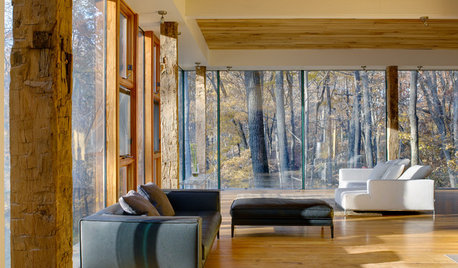
ARCHITECTUREModern or Contemporary Architecture? The Interiors Edition
See how one expert distinguishes between two popular camps of interior architecture. Do you agree with his choices?
Full Story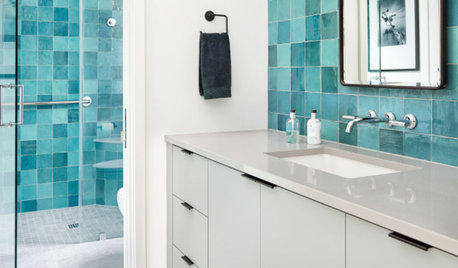
TILEPorcelain vs. Ceramic Tile: A Five-Scenario Showdown
Explore where and why one of these popular tile choices makes more sense than the other
Full Story
KITCHEN DESIGNUsing White Marble: Hot Debate Over a Classic Beauty
Do you love perfection or patina? Here's how to see if marble's right for you
Full Story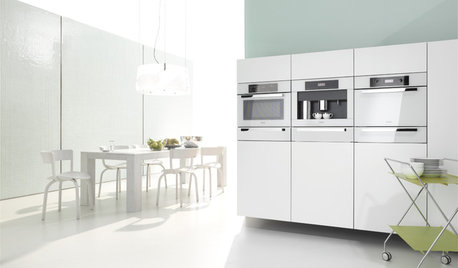
KITCHEN DESIGNWhite Appliances Find the Limelight
White is becoming a clear star across a broad range of kitchen styles and with all manner of appliances
Full Story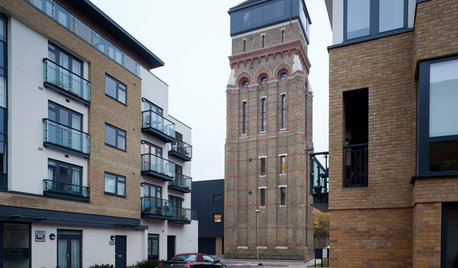
ARCHITECTUREHouzz Tour: Towering Above London in a 7-Story Home
Maximizing see-forever views, the U.K. couple who converted this water tower are aiming high
Full Story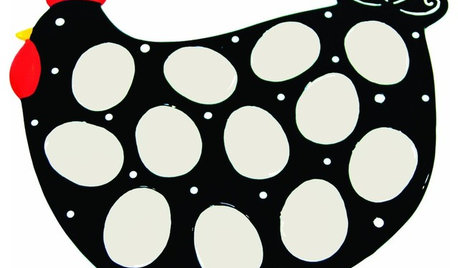
PRODUCT PICKSGuest Picks: Egg Platters to Keep Those Devils in Their Place
You just might cluck with delight over these perfectly portioned egg plates for Easter and beyond
Full Story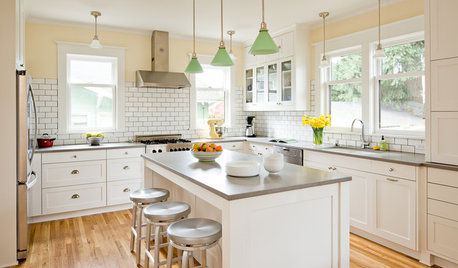
MOVINGThe All-in-One-Place Guide to Selling Your Home and Moving
Stay organized with this advice on what to do when you change homes
Full Story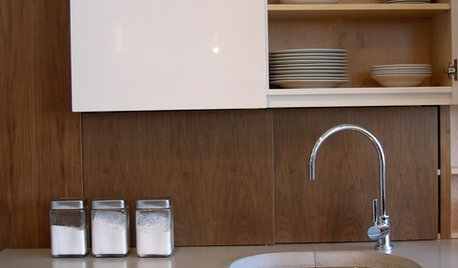
KITCHEN WORKBOOK8 Kitchen Amenities You'll Really Wish You Had
Keep kitchen mayhem and muck to a minimum with these terrific organizers and other time-saving, mess-preventing features
Full Story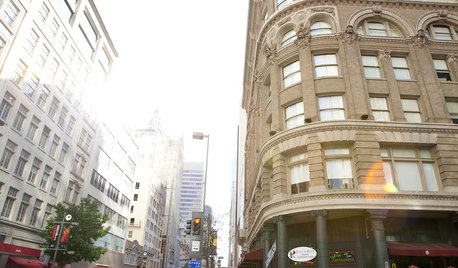
LIFE11 Apartment Hunting Tips for Renters
Land the right new rental home the smart way, with this insight to help you focus, organize and avoid surprises
Full Story
GREAT HOME PROJECTSPower to the People: Outlets Right Where You Want Them
No more crawling and craning. With outlets in furniture, drawers and cabinets, access to power has never been easier
Full StorySponsored
More Discussions






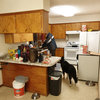

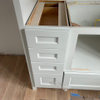
loves2cook4six
clinresgaOriginal Author
Related Professionals
Kalamazoo Kitchen & Bathroom Designers · Beachwood Kitchen & Bathroom Remodelers · Hickory Kitchen & Bathroom Remodelers · Islip Kitchen & Bathroom Remodelers · Newberg Kitchen & Bathroom Remodelers · Pinellas Park Kitchen & Bathroom Remodelers · Vashon Kitchen & Bathroom Remodelers · Wilson Kitchen & Bathroom Remodelers · Billings Cabinets & Cabinetry · Dover Cabinets & Cabinetry · Lockport Cabinets & Cabinetry · Prospect Heights Cabinets & Cabinetry · Santa Monica Tile and Stone Contractors · Spartanburg Tile and Stone Contractors · Calumet City Design-Build Firmsdscheidt
clinresgaOriginal Author
alku05
kaseki
clinresgaOriginal Author